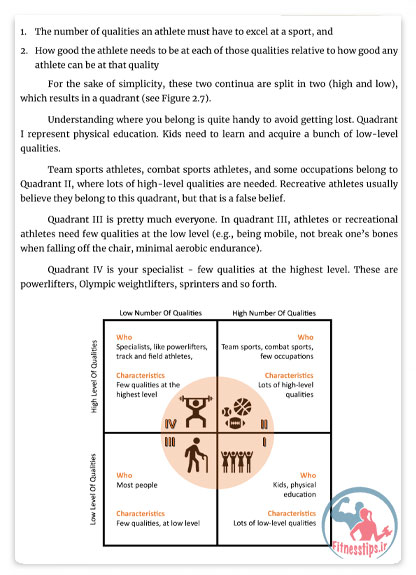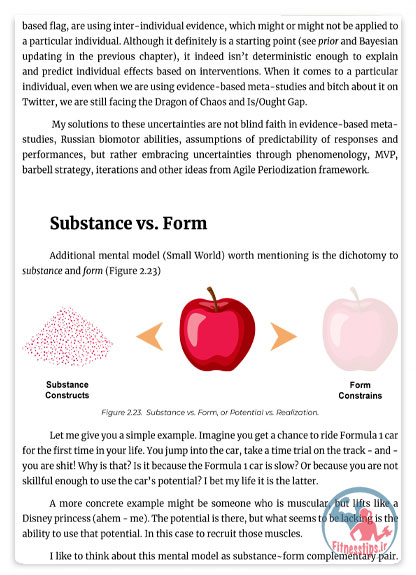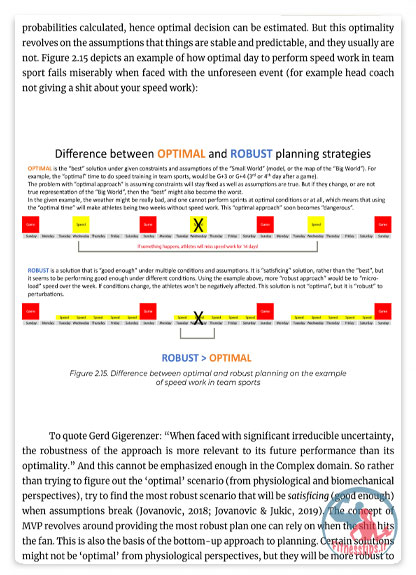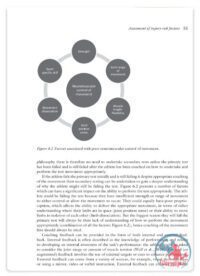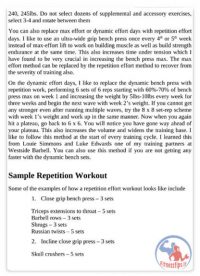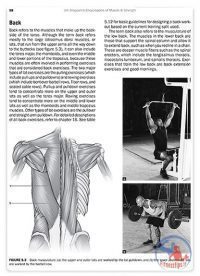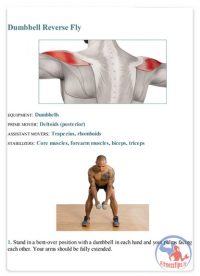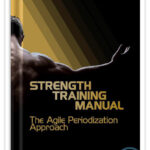راهنمای جامع تمرینات قدرتی (Strength Training Manual)، اثری است که به شما درک عمیقتری از تئوری تمرینات قدرتی و راهحلهای عملی برای مشکلات رایج در این حوزه میدهد. این کتاب با بررسی نظرات متضاد و ارائه راهکارهای کاربردی، شما را قادر میسازد تا برنامههای تمرینی خود را به بهترین شکل تنظیم کنید. اگر به دنبال یک راهنمای علمی و دقیق هستید، این کتاب دقیقا همان چیزی است که نیاز دارید.
تمایزات کتاب راهنمای جامع تمرین قدرتی
-
پوشش جامع تئوری تمرینات قدرتی: تحلیل دقیق و جامع مفاهیم علمی در زمینه تمرینات قدرتی.
-
راهحلهای عملی و اجرایی: شامل جداول مرجع، پیشنهادات مفید و بیش از 1,900 مدل تکرار و ست برای تحلیل.
-
تمرکز بر فردیسازی برنامهها: ارائه راهکارهای شخصیسازی شده برای بهینهسازی برنامههای تمرینی.
-
تحلیل و نقد روشهای سنتی: بررسی دقیق روشهای قدیمی و ارائه استراتژیهای جدید و نوآورانه.
-
پوشش تمامی جنبههای برنامهریزی تمرینی: از فلسفه زمانبندی تا مدلهای پیچیده پیشبینی و تحلیل.
-
پشتیبانی از تمرینات متنوع: استفاده از تجربیات و بهترین شیوههای سایر متخصصان این حوزه.
مخاطبان کتاب راهنمای جامع تمرین قدرتی
-
ورزشکاران حرفهای: افرادی که به دنبال بهبود عملکرد خود در تمرینات قدرتی هستند.
-
مربیان بدنسازی: برای مربیانی که به دنبال استفاده از روشهای نوین در برنامهریزی تمرینات هستند.
-
افراد مبتدی در بدنسازی: کسانی که به تازگی وارد دنیای بدنسازی شدهاند و نیاز به یک راهنمای جامع دارند.
-
علاقهمندان به علوم ورزشی: افرادی که بهطور علمی علاقهمند به مطالعه تمرینات قدرتی هستند.
-
ورزشکاران آماتور: کسانی که به دنبال بهبود تمرینات خود در رشتههای ورزشی مختلف هستند.
-
افراد با تجربه در ورزشهای رزمی: کسانی که بهدنبال بهبود قدرت بدنی در تمرینات رزمی هستند.
-
محققان و دانشجویان علوم ورزشی: افرادی که نیاز به منابع معتبر و علمی برای تحقیق دارند.
معرفی نویسنده کتاب
-
ملادن یووانوویچ (Mladen Jovanovic) یک مربی بدنسازی و آمادگی جسمانی برجسته است که در زمینه تمرینات قدرتی با ورزشکاران حرفهای و آماتور در رشتههای مختلفی مانند بسکتبال، فوتبال و ورزشهای رزمی تجربه دارد. او با ارائه روشهای علمی و مبتنی بر تحقیقات، توانسته است روشهای نوآورانهای در برنامهریزی تمرینات قدرتی به دنیا معرفی کند.
 نکات تناسب اندام | پُلی به دنیای بهترین منابع ورزشی
نکات تناسب اندام | پُلی به دنیای بهترین منابع ورزشی


